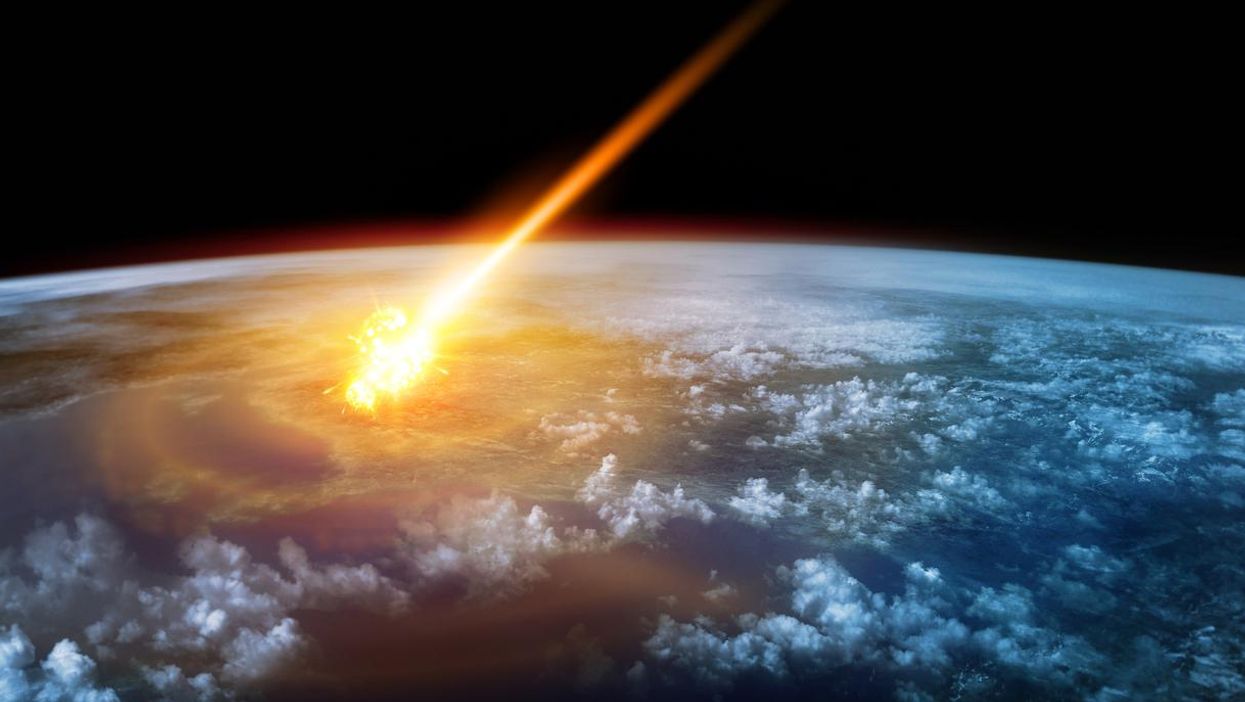Louis Dor
Dec 14, 2016

Picture:
Getty Images/iStockphoto
Earth is due an "extinction-level" event we're currently powerless to defend ourselves against.
This is according to Nasa scientist Dr Joseph Nuth, of the Goddard Space Flight Center, speaking on Monday at a meeting in San Francisco.
Large asteroids and comets of the variety that could lead to extinctions have tended to hit the earth around 50 to 60 million years apart.
The last major comet extinction is thought to have been around 65 million years ago, wiping out the dinosaurs towards the end of the cretaceous period.
Most large life on earth is thought to have been wiped out while small mammals thrived, able to scavenge and burrow unlike larger life which starved after the extinction event.
Nuth cited a close encounter in 2014, when a comet passed perilously close to Mars, spotted only 22 months prior to the fly-by.
Had a similar comet been spotted coming towards earth, it wouldn't have been sufficient time to prepare a defence.
He has suggested that Nasa build a defence system to be deployed should a similar situation be expected for Earth.
The issue was discussed on BBC Radio 5live on Wednesday morning, when Cathy Plesko, a research scientist at the Los Alamos National Laboratory in New Mexico, discussed the possibility of a spaceship firing nuclear weapons at incoming asteroids.
Another option would be a 'Kinetic Impactor', which in essence is a giant space cannonball that would knock the incoming asteroid off its trajectory.
A blog post on the Nasa website discussing kinetic impactor, reads:
If an approaching asteroid were detected tomorrow, perhaps 20 years would be required to build and launch an impactor, to reach and impact the target, and to nudge the asteroid from Earth’s path.
However, decades or more might be required to deflect larger asteroids (hundreds of kilometers in diameter) that present the most catastrophic threats.
If time allows, a mission to study the asteroid up close and send information back to Earth before sending the impactor could greatly increase the chance of success.
Kinetic impactors may not be effective in changing the orbit of the very largest asteroids.
So there you have it. At present we seem to not be hitting that 22 month window.
No need to panic.
More: A map of where every recorded meteorite has fallen to the UK
More: This is the most amazing image of the Perseid meteor shower
Top 100
The Conversation (0)













